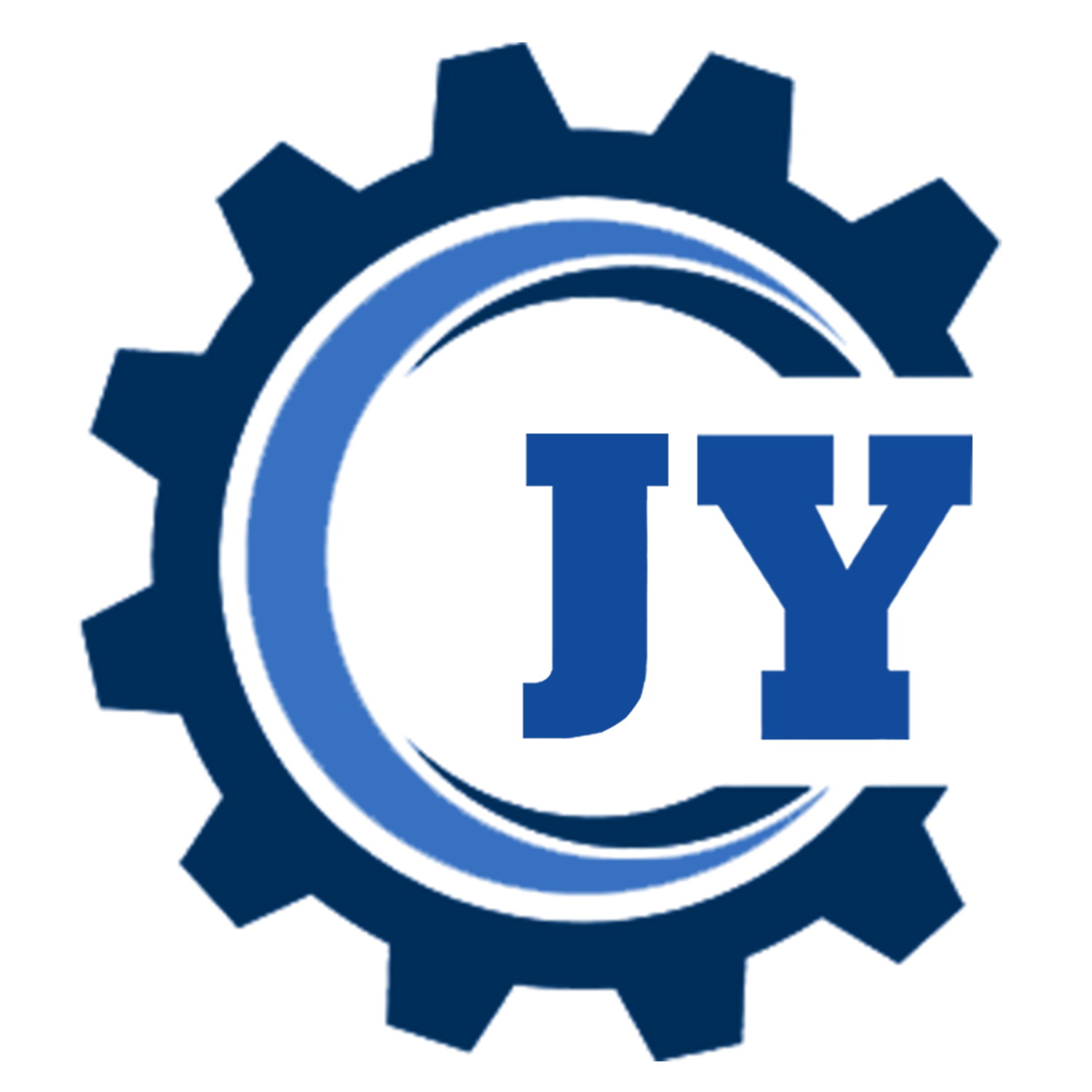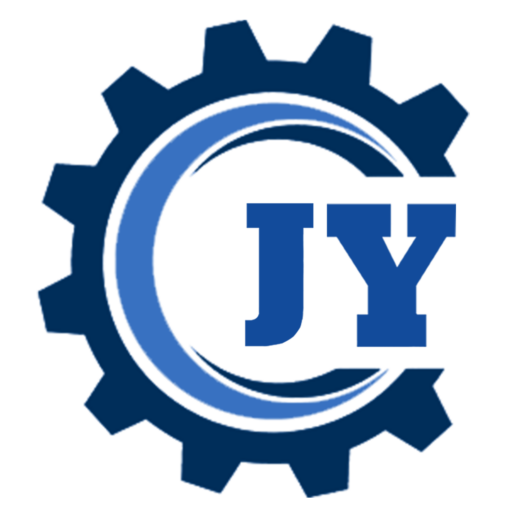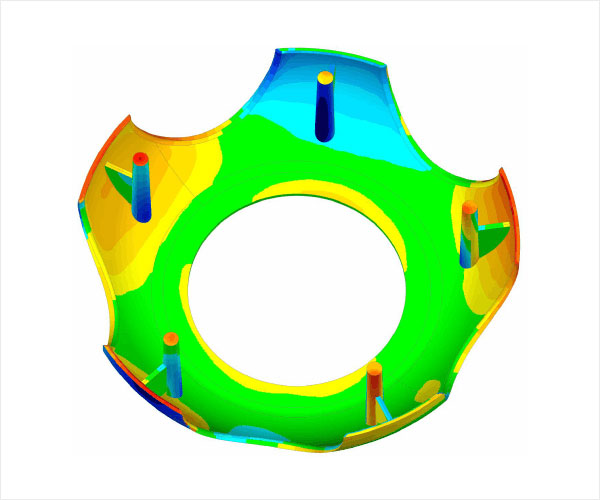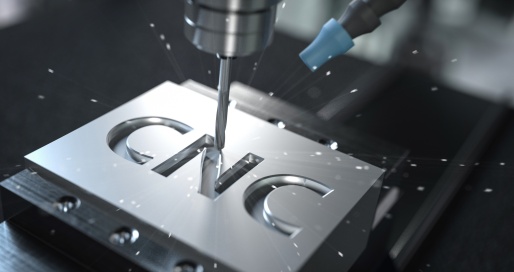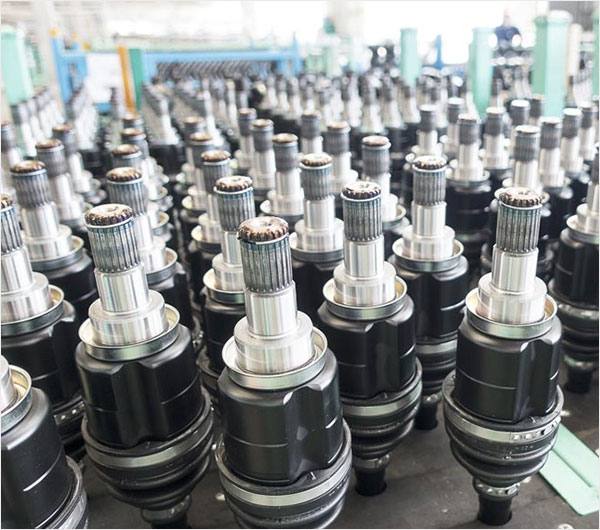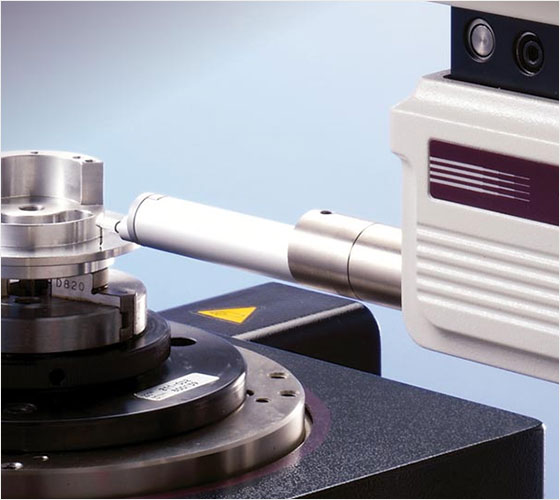If you thought that electrical discharge machining services were just a bunch of sparks and wires, think again! These powerful machines have the ability to shape metal with extreme precision, creating complex parts and components that would be impossible to achieve with traditional methods.
In this blog post, we’ll dive into the world of electrical discharge machining and explore its many applications and benefits. So get ready to be shocked (pun intended!) by the power of electrical discharge machining services.
What is Electrical Discharge Machining (EDM)?
Electrical Discharge Machining (EDM) is a non-traditional machining process that uses electrical sparks to remove material from a workpiece. It is also known as spark erosion or spark machining. In EDM, an electrically conductive material is subjected to a series of controlled electrical discharges between an electrode and the workpiece, resulting in the erosion of the workpiece material. This erosion occurs in tiny increments, allowing for precise and intricate shapes to be machined.
EDM is commonly used for machining hard-to-machine materials like titanium, tungsten carbide, and hardened tool steels. It is also effective in producing complex shapes with tight tolerances, making it a preferred choice for industries such as aerospace, automotive, and medical.
One of the key advantages of EDM is its ability to machine materials that are extremely hard or heat-resistant. Traditional machining techniques struggle with these materials due to their high hardness or susceptibility to thermal damage. However, EDM overcomes these limitations by utilizing electrical sparks to erode the material, rather than relying on physical force or heat.
How does Electrical Discharge Machining work?
Electrical Discharge Machining (EDM) works by harnessing the power of controlled electric sparks to erode material from a workpiece. The process involves a few key components: an electrode, dielectric fluid, and the workpiece itself.
To begin, the workpiece and the electrode are submerged in dielectric fluid, which acts as an insulator and coolant. This fluid helps to prevent arcing and dissipate heat during the machining process.
Benefits of using Electrical Discharge Machining Services
There are several benefits to using Electrical Discharge Machining (EDM) services. One of the main advantages is the ability to machine materials that are extremely hard or heat-resistant. Traditional machining techniques often struggle with these materials, but EDM can effectively remove material without causing excessive heat or damage.
Another benefit is the precision and accuracy that EDM offers. The controlled electrical discharges allow for intricate and complex shapes to be machined with tight tolerances. This makes EDM a preferred choice for industries such as aerospace, automotive, and medical, where precision is crucial.
Ability to work with hard and Exotic Materials
The ability to work with hard and exotic materials is one of the standout advantages of Electrical Discharge Machining (EDM). Traditional machining techniques often encounter difficulties when working with materials that are known for their high hardness or susceptibility to thermal damage. However, EDM overcomes these limitations by utilizing electrical sparks to erode the material, rather than relying on physical force or heat.
This unique approach allows EDM to effectively machine materials such as hardened steel, titanium, and even exotic alloys. By harnessing the power of controlled electric sparks, EDM can precisely remove material from these challenging substances without causing excessive heat or damage. This not only ensures the integrity and quality of the machined parts but also expands the range of materials that can be used in various industries.
The ability to work with hard and exotic materials is particularly beneficial in industries such as aerospace and automotive, where components need to withstand harsh operating conditions. EDM enables manufacturers to create intricate shapes and features on these materials, ensuring optimal performance and reliability.
Applications of Electrical Discharge Machining Services
The applications of Electrical Discharge Machining (EDM) services are vast and diverse, making it an essential tool for various industries. Here are a few notable examples:
- Aerospace: In the aerospace industry, precision and reliability are paramount. EDM is used to create intricate components, such as turbine blades and engine parts, from hard materials like titanium and nickel-based alloys. This ensures optimal performance and durability in extreme operating conditions.
- Automotive: The automotive industry utilizes EDM for manufacturing high-performance engine components, fuel injectors, and transmission parts. By working with hard materials like hardened steel or exotic alloys, EDM allows for the creation of precise and durable parts that can withstand the demands of modern vehicles.
- Medical: In the medical field, EDM is used to create intricate surgical instruments, dental tools, and orthopedic implants. By working with materials like stainless steel and titanium, EDM ensures the precision and reliability necessary for these critical devices.
Conclusion of Electrical Discharge Machining Services
Electrical Discharge Machining (EDM) is a versatile and indispensable tool in various industries. Its ability to work with hard and exotic materials makes it particularly valuable in aerospace, automotive, and medical applications. Whether it’s creating intricate turbine blades for aircraft engines or precise surgical instruments for medical procedures, EDM enables manufacturers to achieve optimal performance and reliability. With its wide range of applications, EDM continues to play a crucial role in advancing technology and innovation across industries.

